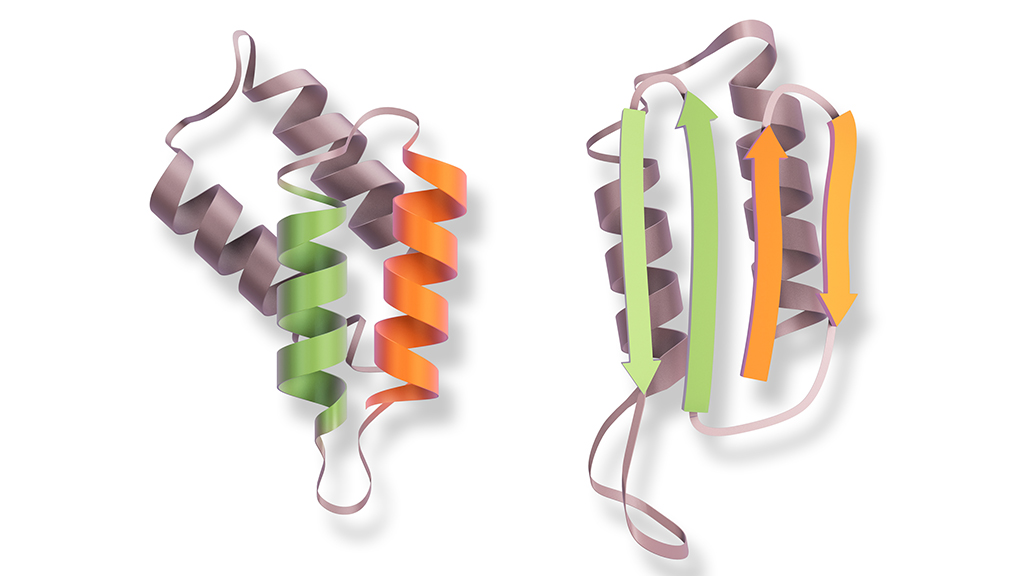Abstract
This case study is designed to provide students with a comprehensive understanding (i.e., symptoms, mechanism, methods of diagnosis, transmission, and prevention) of the neurodegenerative disorder known as Kuru disease. Although Kuru is clinically rare, it provides an interesting “hook” for those interested in learning about other prion-related diseases that are more common (e.g., Creutzfeldt-Jakob disease, bovine spongiform encephalopathy) while also providing a cautionary tale about the ease and risk of misdiagnosis. The case consists of two components: an introductory PowerPoint presentation (see Supplemental Materials) reviewing the history, causes, symptoms, and diagnosis of Kuru as a result of infectious prions, and the case study handout in which students, working together in small groups, assume the role of administrative physicians reviewing a hypothetical case of a Kuru infected patient. The group activity highlights the detrimental effects of Kuru and how a misdiagnosis could easily result due to confusion with other prevalent neurodegenerative diseases (e.g., Parkinson’s disease). The case is best suited for undergraduate students taking introductory human biology, cell biology, or other pre-health related courses.



